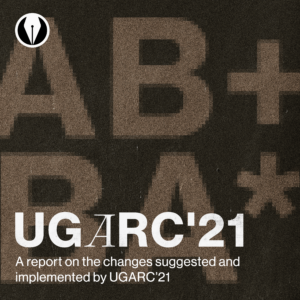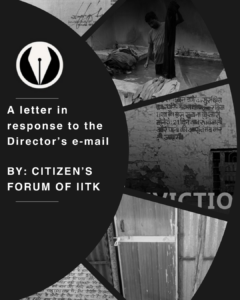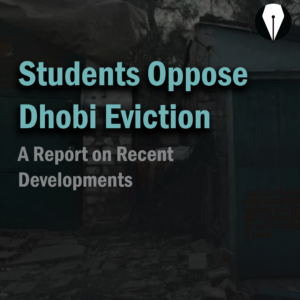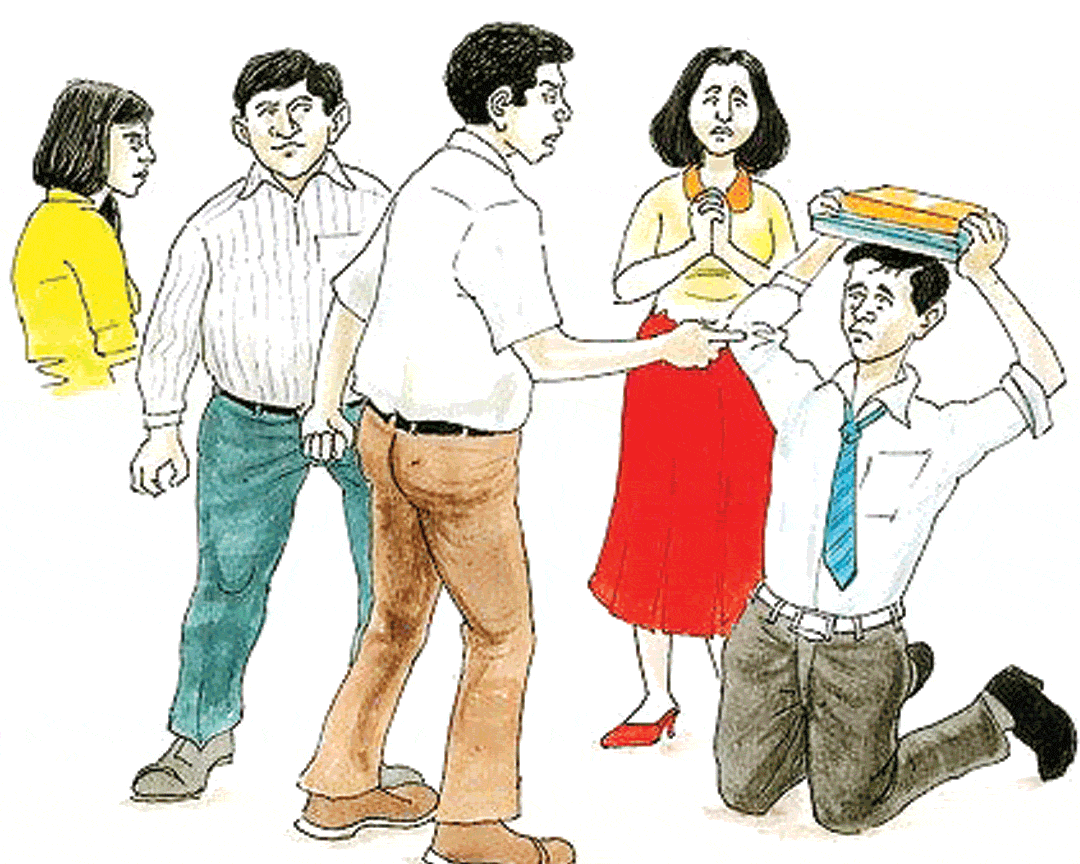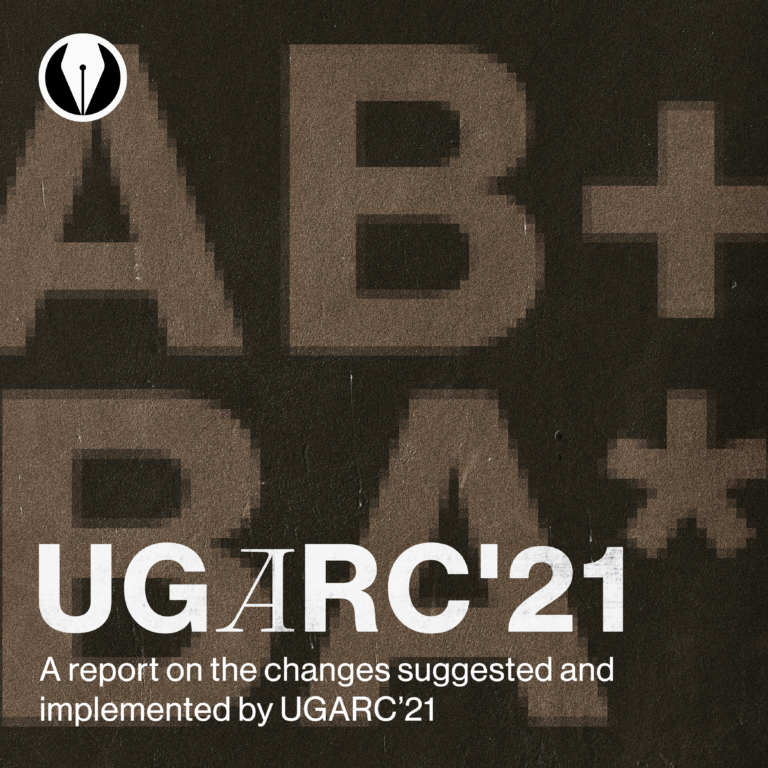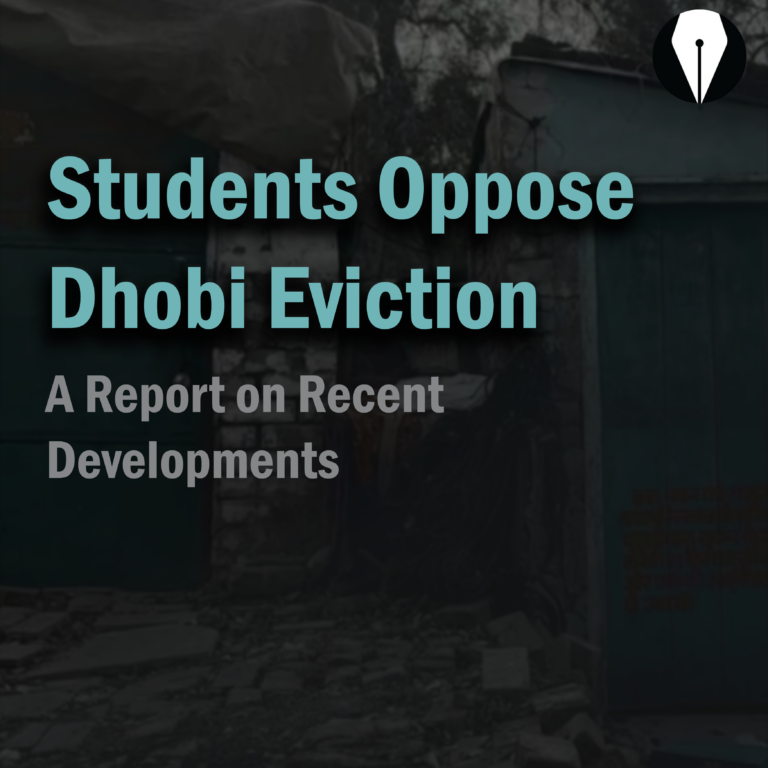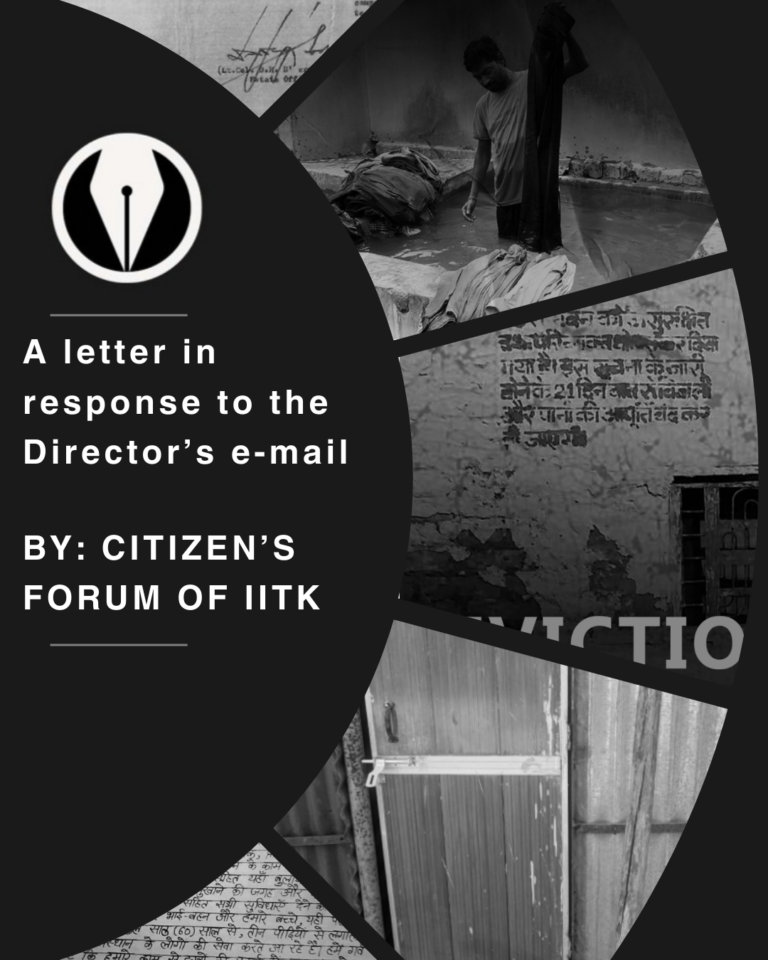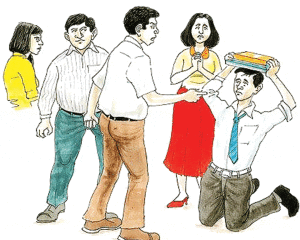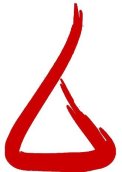In the wake of the suspension of twenty two students for involvement in a case of ragging, the national media was flooded with articles about this incident. It was unfortunate to see how the primary sources of information for the nation were misrepresenting facts and trying to sensationalise the issue. The article published by Hindustan Times on 10th October is one such example which is replete with incorrect details. Here are a few excerpts from the article where facts were misrepresented :
“The ragging was recorded on cell phones and circulated on social media groups.”
- There was no recording of the incident whatsoever
“In addition, the president and other office bearers of the student gymkhana were removed from their respective posts allegedly for ignoring the complaints.”
- Only the President, Students’ Gymkhana was asked to resign from his post. All other executives are continuing to discharge their duties
“About 30 junior students filed a complaint to the dean of student affairs against 50 seniors, saying they were thrashed, abused, and forced to do inhuman acts on August 20.”
- No freshman was ‘thrashed’ or physically harmed by the seniors
“Action against the senior students was expedited only after one of the professors at the institute wrote about the incident on his blog.”
- The action had been initiated before the blog post had surfaced. In following procedure, the punishment recommended by the committee had to be passed by the Senate before it could come into effect. The blog post was released between these two events and it sparked a lot of controversy
As the campus media body, we feel it is our duty to set the record straight and report the events correctly. Here are some some questions whose answers might lift the shroud off of the facts. The answers have been pieced together based on discussions with the Dean of Student Affairs (DoSA), Prof. P Shunmugaraj and student nominees to the Senate Student’s Advisory Committee (SSAC). They represent the views of the SSAC and the Academic Senate as collective decision making bodies and not of any particular individual.
Q. What were the sequence of events that led to the action being taken against the students?
A. On the night of 20th August, the ‘baap wing’ was organised in Hall 2 where freshmen were required to spend the night with the second year students who resided in their wings the previous year. The next day, the DoSA met the student Hall Executive Committee (HEC) members and enquired about the incident. They denied knowledge of the incident but over the next few days the DoSA received complaints about the incident. He requested the students who were forced to participate in the ‘baap wing’ to write testimonies detailing the events and identifying the seniors. This information was taken to the SSAC and the committee proposed the suspension of 22 students which included the members of the HEC and other students who were on the scene. When these recommendations were taken to the Academic Senate on 21st September, it directed the SSAC to allow the accused students to present their side of the story and subsequently propose punishments. The said students were asked to appear before the SSAC on 2nd October and a one year suspension was proposed for six students and termination for sixteen others. On presenting this recommendation to the Academic Senate on 3rd October, the termination sentence was reduced to a three year suspension.
Q. What were the nature of the complaints?
A. The first complaint the DoSA received was from a freshman over mail. In it, he protested against things like vulgar language, rude behaviour, restrictions on clothing, etc. which the seniors were responsible for. He was unhappy about the interaction with seniors on the night of the Treasure Hunt (an annual activity for freshers where they have to complete a scavenger hunt which might require them to go to senior students for help). Based on accounts from a friend, he also mentioned the occurrence of the ‘baap wing’ and the interaction of students with the President, Students’ Gymkhana and an alumnus (who was working on a startup being incubated in campus). The DoSA also received complaints specifically appealing against the ‘baap wing’ subsequently.
Q. What was the action taken against the President and the alumnus? Why were they punished?
A. There was a complaint against the President of a verbal exchange between a freshman and him, which the SSAC believed was tantamount to abuse of power and hence he was asked to resign from his post. The alumni was accused of indulging in ragging on the night of 14th August during the treasure hunt and was barred from seeking residence in the campus for the future.
Q. How were the students identified? Was it solely based on the written complaints? If not, what other proofs assisted the investigation?
A. The identification was based solely on the complaints and testimonies of the aggrieved students. The complainants were asked to identify the senior students and all the students whose names they were able to come up with were considered guilty. The members of the HEC were also included in the list of guilty students because it was believed that they were complicit in organising the baap wing and did not make any effort to prevent it from happening. The HEC was also penalised for denying knowledge of the ‘baap wing’ when the DoSA visited them (along with Gymkhana office bearers and other faculty members).
Q. How was a distinction made between the students who were awarded varying durations of suspension?
A. The accused students were interviewed by the SSAC and based on their understanding of the degrees of involvement, they were awarded different punishments. The students who were awarded a lenient sentence were present on the scene for a very short period of time. They either joined the proceedings late or left early.
Q. Why were the students not called the first time around? Wasn’t that against the procedure of investigation?
A. It is standard procedure for SSAC to invite the student(s) against whom a complaint is lodged. A copy of the complaint is also handed to the student and a chance is given to defend oneself. In this particular case, the SSAC felt that protecting the identity of the complainants was of paramount importance. If the accused students were invited to the SSAC, they would have been able to make the connection between the complaints and complainants. When the Academic Senate mandated that the students be given a chance to present their side of the story, measure were taken to ensure that there was no physical interaction between the two parties. The students were escorted from the campus gate and were required to leave the campus soon after the interview was done. Even when they came to collect their belongings after the sentence was formally announced, they were given specific time windows to do so.
Q. Why was no action taken against other people responsible like warden?
A. The warden(s) intimated the DoSA about the instances of ragging going on in the halls and requested him to take action. Thus, the committee did not have reason to believe that they were turning a blind eye or were not motivated to stop this menace.
Q. If the investigation reveals more names, what will be the future course of action?
A. The interrogation of the punished students did reveal more names and the same has been communicated to the Academic Senate. The decision rests with the Senate whether to take action against the students or not.
Incidents like these are very sensitive and the dignity of many students is at stake. It is highly irresponsible for national media to publish incorrect information to grab eyeballs. While the importance of taking information to the masses in undeniable, it should be done carefully. We hope that media outlets take more care in the future while handling incidents of this nature.
Written by Kushagra Gupta, Simrat Singh

